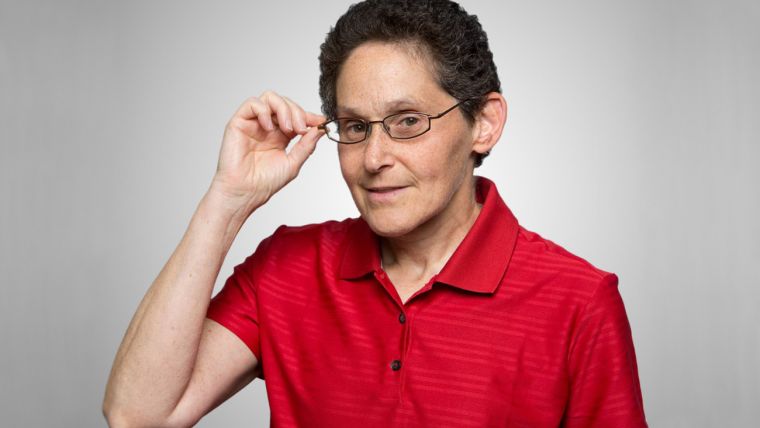The Growth Mindset and Learning GIS
If you have not yet run into psychology professor Carol Dweck’s thoughts on the importance of “mindset” in education, let me summarise the key idea. She suggests that students who believe that they can get smarter by taking on challenging tasks, even if they should fail to accomplish them, have a “growth mindset.” In contrast, she describes students with a “fixed mindset” as believing that intelligence is static and will not change significantly with effort. Students with a fixed mindset see failure as confirmation they do not (and will likely not ever) master the required skill. Dweck argues that students with more of a growth mindset will be more successful in school and life than peers with a fixed mindset.
Much of the research on mindset revolves around K-12 students. The students I work with in Esri’s MOOC program are predominantly adults, most of whom have degrees. Esri MOOCs teach core geospatial principles and applications and students try their hands at exercises using, naturally enough, Esri software. Here, I’ve found evidence of Dweck’s mindset idea.
As I write this column, my colleagues and I are three weeks into the first offering of our six-week Cartography MOOC. Based on a survey given during the first week, almost half of our students are using ArcGIS Pro desktop software for the first time. That has provided me with a little laboratory as I help students with installing, licensing and navigating the software. The following is an email which I received in the first two weeks from ‘CS’, as he worked on a “cookbook” type exercise in which students follow very detailed instructions: “In Section1, Exercise 3, part 6 h, when I click on the Urban_AreasMA layer symbol to open the Format Polygon Symbol, I get a pane called Layer Properties: Urban Areas_MA but no Format Polygon Symbol. So I am stuck. Can you explain?”
What CS really wanted, I suspect, was that I tell him what to do to in order to get back on track to finish this exercise. In the interests of the social learning approach which we encourage, I suggested that he post his question (along with a screenshot) to the online course forum. He replied: “I’d use the forum, but I can’t figure out how to post such an image.”
Many other students had posted images of their completed maps and situations where they were “stuck.” The course FAQ included a question about how to post a screenshot. CS shared an image with me via email. I determined that he was clicking the wrong item in the interface (the name of the layer rather the symbol with which it was rendered) and sent a return screenshot with an arrow indicating where to click. He replied: “Thank you! It worked. I almost gave up…” I have mixed feelings about that interaction. I’m glad I could help and I’m glad he did not give up, but wonder what he would have done without my response.
Now, contrast that exchange with one from ‘HS’. He explained that he worked a few days a week at another location and wanted to complete the course on a second computer which was available there. “How should I save work so it's available on the other computer?”, he asked.
He had tried moving the project himself but it didn’t work. Since ArcGIS projects and project packages are topics which are beyond the scope of the course, I pointed HS to the software documentation. The following was his response the next day: “I was able to come up with a way, though not elegant, to transfers course files between my desktop and laptop systems; cut and paste the folders the projects and source files are in at each switch of computers.” I was jazzed! HS took on a task that was not part of the course with a bit of guidance and confidence to experiment.
Where do you think CS and HS fall on the “mindset” continuum? Which of these students would you want to work with as a colleague? As per the studies of Carol Dweck, the idea of mindset, based on these teaching interactions, provides a valuable lens through which to explore teaching and learning.
This article was published in GIS Professional June 2018

Value staying current with geomatics?
Stay on the map with our expertly curated newsletters.
We provide educational insights, industry updates, and inspiring stories to help you learn, grow, and reach your full potential in your field. Don't miss out - subscribe today and ensure you're always informed, educated, and inspired.
Choose your newsletter(s)
























